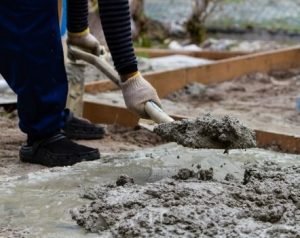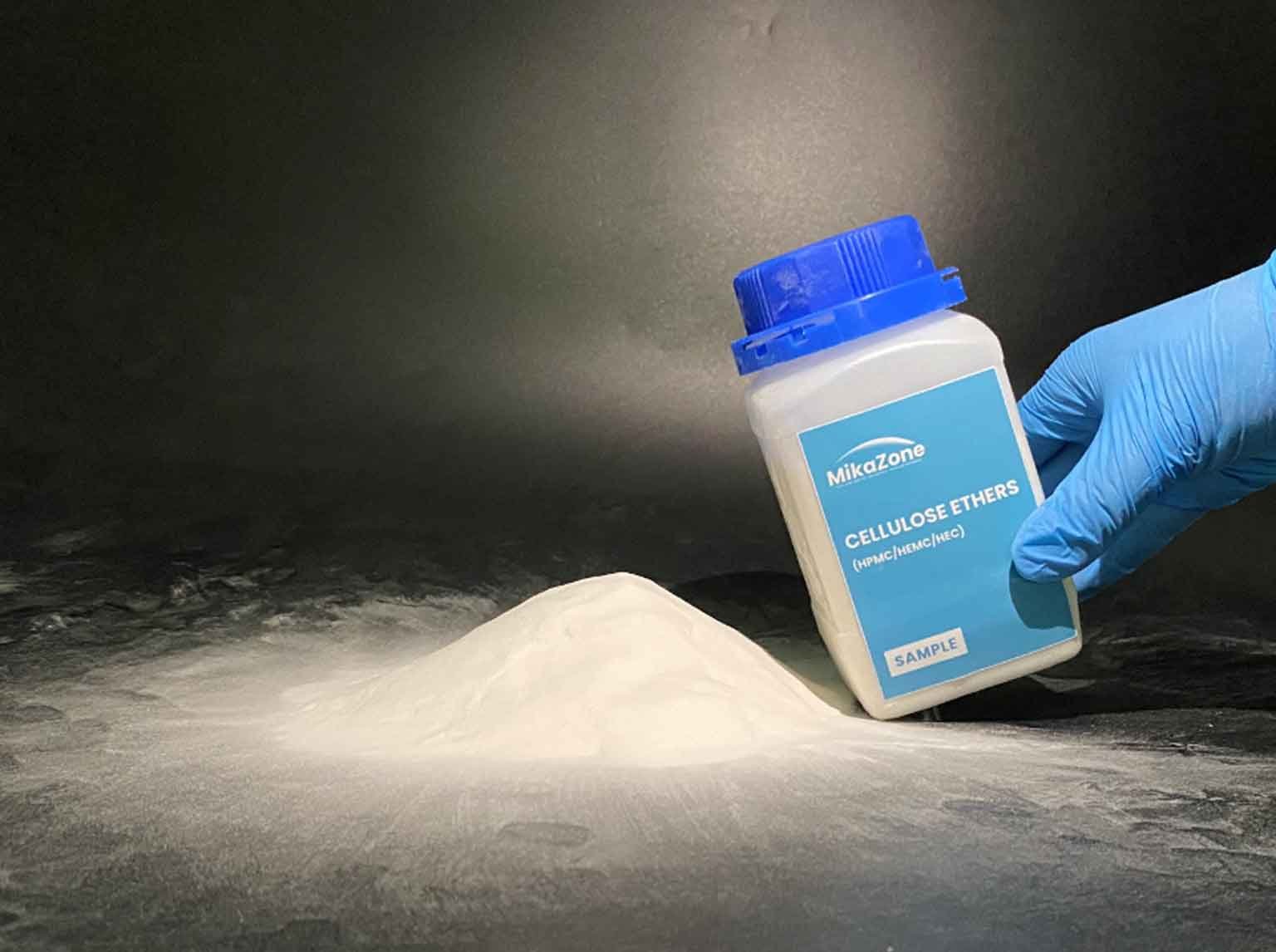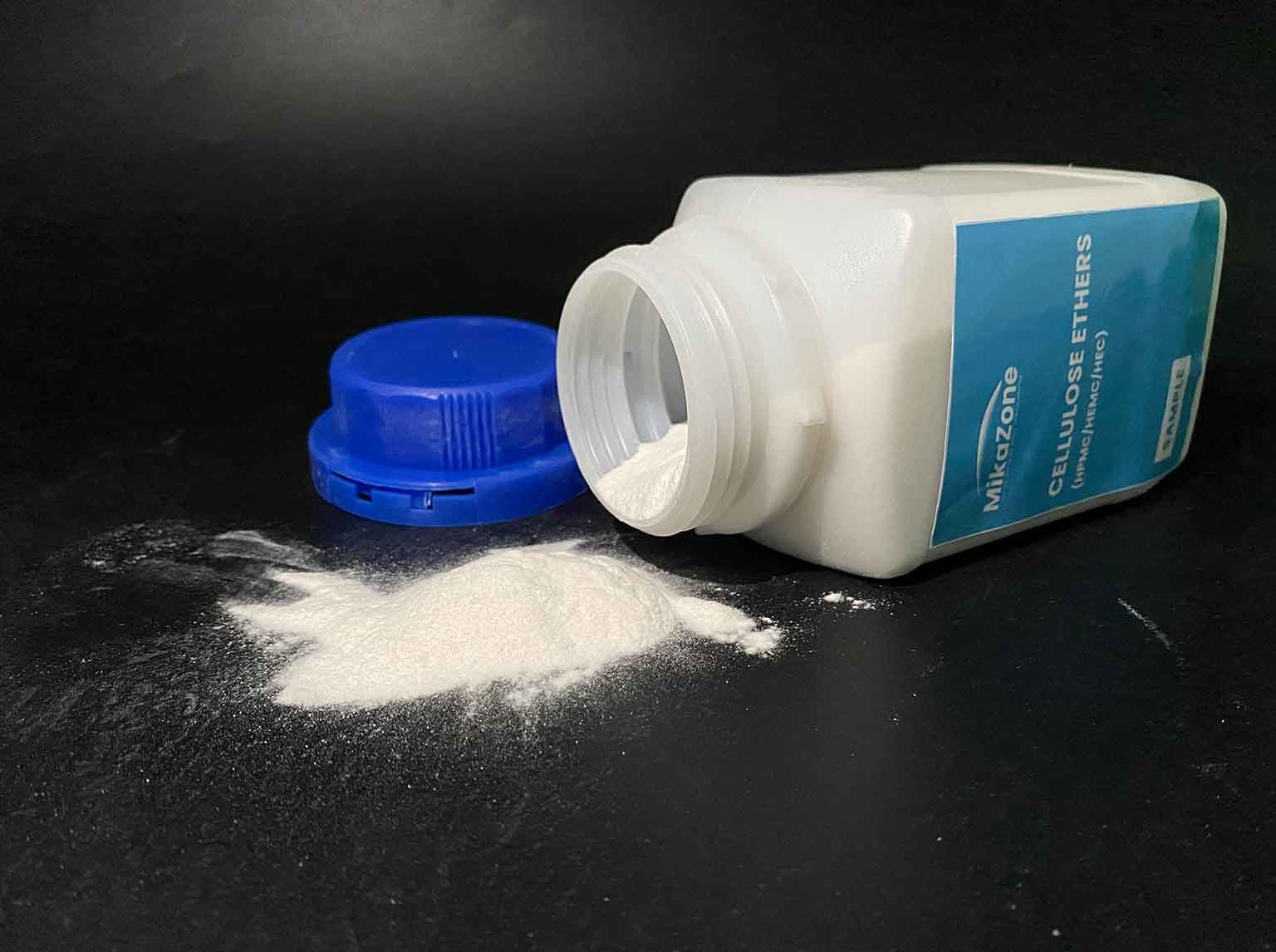Analysis on the Performance and Function of Cellulose Ether in Mortar
Mortars such as ordinary dry-mixed mortar, external wall insulation mortar, self-leveling mortar, and waterproof mortar are essential components of cement-based building materials. Cellulose ether is a derivative of natural cellulose ether, an important modified additive for various mortars. It plays the functions of retardation, water retention, thickening, air entertainment, and adhesion.

Water retention of cellulose ether
The higher the viscosity of the cellulose ether, the better the water retention. Since the cellulose structure contains hydroxyl and ether bonds, the oxygen atoms on the hydroxyl and ether bond groups associate with water molecules to form hydrogen bonds so that free water becomes bound water, entangles the water, and plays a role in water retention.
The solubility of cellulose ether
The finer the cellulose ether particles, the better the water retention. The coarse cellulose ether’s surface will dissolve immediately after contact with water and form a gel phenomenon. The mortar wraps the material to prevent the water molecules from penetrating. Sometimes, it is not evenly dispersed and dissolved after long-term stirring, forming a turbid flocculent solution or agglomerate. The mortar wraps the material to prevent the water molecules from penetrating. Sometimes, it is not evenly dispersed and dissolved after long-term stirring, forming a turbid flocculent solution or agglomerate.
PH value of cellulose ether (retarding or early strength effect)
 The PH value of cellulose ether is controlled at around 7, showing an acidic state, which delays cement hydration. If the PH value becomes alkaline, the mortar will appear early in strength. At present, most cellulose ethers use sodium carbonate to adjust the pH value. Sodium carbonate is a kind of quick-setting agent, which can improve cement particles’ surface performance, promote the increase of cohesion between particles, and further improve the viscosity of mortar. Therefore, the PH value should be adjusted according to different customers in the actual production process.
The PH value of cellulose ether is controlled at around 7, showing an acidic state, which delays cement hydration. If the PH value becomes alkaline, the mortar will appear early in strength. At present, most cellulose ethers use sodium carbonate to adjust the pH value. Sodium carbonate is a kind of quick-setting agent, which can improve cement particles’ surface performance, promote the increase of cohesion between particles, and further improve the viscosity of mortar. Therefore, the PH value should be adjusted according to different customers in the actual production process.
Air-entraining properties of cellulose ether
The air-entraining effect of cellulose ether is mainly because cellulose ether is also a kind of surfactant. The interfacial activity of cellulose ether occurs mostly on the gas-liquid-solid interface, firstly by introducing bubbles and secondly by dispersion and wetting. Cellulose ether contains alkyl groups, which significantly reduces the surface tension and interfacial energy of water. The aqueous solution is prone to produce many tiny closed bubbles during the moving process.
Gelation of cellulose ether
After the cellulose ether is dissolved in the mortar, the methoxy and hydroxypropyl groups on the molecular chain will interact with the calcium and aluminum ions in the slurry to form a viscous gel and fill it in the voids of the cement mortar, thereby, the compactness of the mortar is improved, and the function of flexible filling and reinforcement is played. However, when the composite matrix is compressed, the polymer cannot play a rigid support role, so the mortar’s strength and crush ratio decreases.
Film-forming properties of cellulose ether
 After the cellulose ether is added and hydrated, a thin latex film is formed between the cement particles. The film has a sealing effect and improves the surface dryness of the mortar. Because the cellulose ether has good water retention, enough water molecules are stored inside the mortar, thereby ensuring the hydration and hardening of the cement and the complete development of the strength, improving the bonding strength and cohesion of the mortar, make the mortar have good plasticity and flexibility, and reduce the shrinkage and deformation of the mortar.
After the cellulose ether is added and hydrated, a thin latex film is formed between the cement particles. The film has a sealing effect and improves the surface dryness of the mortar. Because the cellulose ether has good water retention, enough water molecules are stored inside the mortar, thereby ensuring the hydration and hardening of the cement and the complete development of the strength, improving the bonding strength and cohesion of the mortar, make the mortar have good plasticity and flexibility, and reduce the shrinkage and deformation of the mortar.
In the ready-mixed mortar, the amount of cellulose ether added is meager. Still, it can significantly improve the wet mortar’s performance and is a significant additive that affects the mortar’s construction performance. Reasonable selection of cellulose ethers of different varieties, different viscosities, different particle sizes, different degrees of viscosity, and the added amount will positively impact the improvement of mortar performance.




